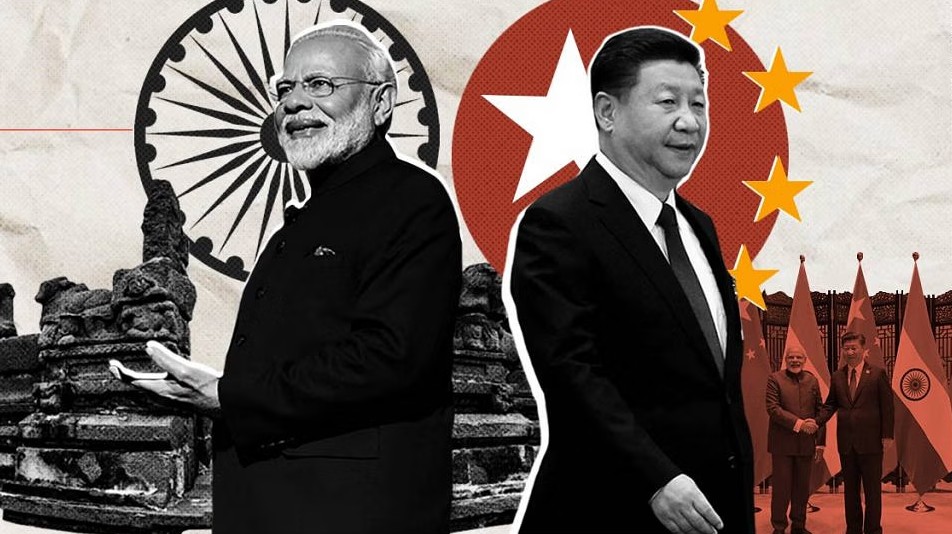 Image Source : ThePrint
Image Source : ThePrint
Prime Minister Narendra Modi is set to visit China on August 31, marking a pivotal moment in India-China relations. This will be his first trip to Beijing since the Galwan Valley clash in 2020 and his first visit to China since 2019. The visit is timed with the Shanghai Cooperation Organisation (SCO) summit, where regional security, economic cooperation, and geopolitical tensions are expected to dominate the agenda.
Key Developments and Strategic Context
- Modi’s visit comes amid a backdrop of cautious diplomatic thaw between India and China
- The SCO summit will be held in Beijing, with leaders from Russia, Central Asia, and other member states attending
- This marks Modi’s first China visit in six years, and his first since the deadly border skirmish in Galwan
- The trip follows his scheduled visit to Japan on August 30, indicating a broader regional outreach
- India is expected to push for stronger anti-terror cooperation and regional connectivity under the SCO framework
- Bilateral talks with Chinese President Xi Jinping are likely, though not officially confirmed
Why This Visit Matters
The timing and location of Modi’s visit carry deep strategic significance. India-China relations have remained tense since the Galwan clash, with multiple rounds of military and diplomatic talks yielding limited progress. Modi’s presence in Beijing signals a willingness to re-engage at the highest level, potentially opening doors for renewed dialogue on border issues, trade, and regional stability.
The SCO summit provides a multilateral platform for India to assert its strategic interests while avoiding direct confrontation. It also allows India to strengthen ties with Central Asian nations and balance China’s growing influence in the region.
Expected Agenda and Diplomatic Objectives
India’s key priorities during the summit are likely to include:
- Advocating for a rules-based regional order and respect for sovereignty
- Enhancing counter-terrorism cooperation, especially in light of rising extremism in South Asia
- Promoting infrastructure connectivity through neutral platforms, without compromising strategic autonomy
- Addressing trade imbalances and pushing for fair market access in China
- Exploring climate and energy partnerships under the SCO’s economic cooperation framework
While the SCO summit is not a bilateral forum, Modi’s visit could pave the way for side meetings with Chinese leadership. These interactions may touch upon the Line of Actual Control (LAC), disengagement protocols, and broader strategic trust-building.
Regional and Global Implications
Modi’s China visit is being closely watched by global powers. The United States, Russia, and European nations will be monitoring the outcomes for signs of shifting alliances and regional recalibrations. India’s balancing act between the West and its Asian neighbors is likely to be tested, especially as it navigates tensions with China while deepening ties with Japan and the U.S.
The visit also comes at a time when China is facing economic headwinds and diplomatic pushback from several quarters. India’s engagement could offer Beijing a chance to reset ties with a key regional rival, while India may use the opportunity to assert its strategic independence.
Final Word
Prime Minister Modi’s upcoming visit to China on August 31 is more than a diplomatic formality—it’s a strategic signal. As India steps into the SCO summit, it carries the weight of unresolved tensions, regional aspirations, and global expectations. Whether this visit leads to a genuine thaw or remains symbolic will depend on the tone and substance of the interactions that unfold in Beijing.
Sources: News18, India Today, NDTV Profit
Advertisement
Advertisement





